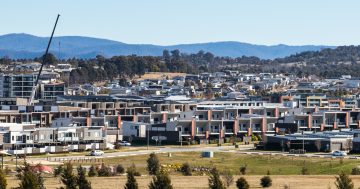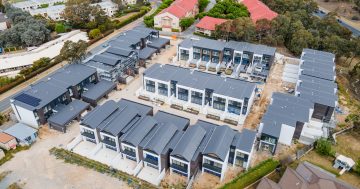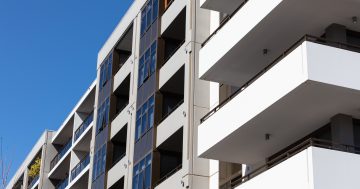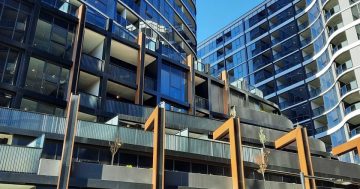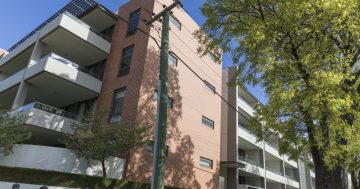
Could a development pipeline be the answer to rising rent prices in the ACT?
A development pipeline of 21,000 units should ease Canberra’s tight rental vacancy, which has pushed rental prices to the highest in the country.
Colliers International ACT chief executive Paul Powderly expects 4000 to 5000 apartments to be developed annually in the foreseeable future. This should ease vacancies to a more healthy 3 to 4 percent, proving better supply-demand dynamics.
In the December quarter, Canberra’s median weekly house rents climbed 1.8 per cent to $560, outstripping $540 median rents in Sydney, and other capital city markets.
“Unit prices will stay where they are because too much supply and competition means no chance of massive increases, which is good for affordability in a lot of ways,” Mr Powderly said. “Supply is always the biggest issue to fix pricing”.
Looking overall at the market in 2019, Mr Powderly says Labor replacing the Coalition at the upcoming Federal election, and changes to negative gearing will not slow the Canberra residential property sector. However, a change in government would still have a significant influence on the market in 2019.
“We have never seen a government not grow under Labor. The public service will grow and that’s good for our market,” he says. “It will provide more people in terms of population and employment growth, but the Coalition has been very good because it has been out-sourcing (to private sector contractors),” Mr Powderly says.
Labor’s negative gearing changes would impact on homes not new units, he said.
“Negative gearing will have a bigger impact in other cities but Canberra is a young city, it is all new stock coming through, so their policy does not apply to new units,” Mr Powderly said.
The approaching federal poll has brought more lobbyists into town, and coupled with out-sourcing and international flights into and from Canberra Airport have been powerful drivers of business activity.
Mr Powderly says Canberra hotels are enjoying the highest occupancies as well, and the new hotels under construction are desperately needed.
Mr Powderly says low vacancy rates, high incomes, low unemployment and Canberra’s strong economy were behind the new rental peak. Proximity to the CBD was another factor.
“Most of Canberra’s properties in the rental pool sit within 12 or 13 kilometres to the CBD, so are much closer locations. Compared to Melbourne and Sydney, where places are 30 and 40 kilometres out of the city in the rental statistics, Canberra is effectively a Concord or Strathfield in Sydney. So it is hard to compare city by city when we have everything in such close proximity to the CBD,” the property chief says.
Yields will bring investors back to some extent, and lending restrictions will be relaxed.
“The Royal Commission has meant banks have overreacted a little bit. The easing will mean it will be better for investors, because they will get good yields, and the borrowing rates are pretty competitive – 4 odd percent,” Mr Powderly says.













